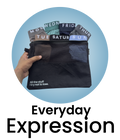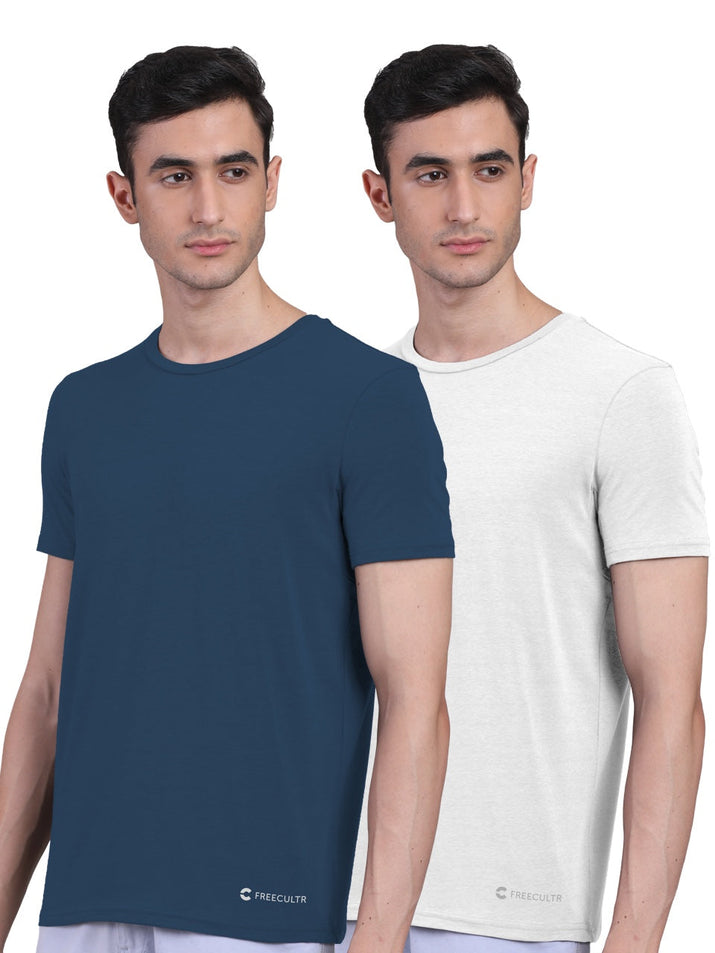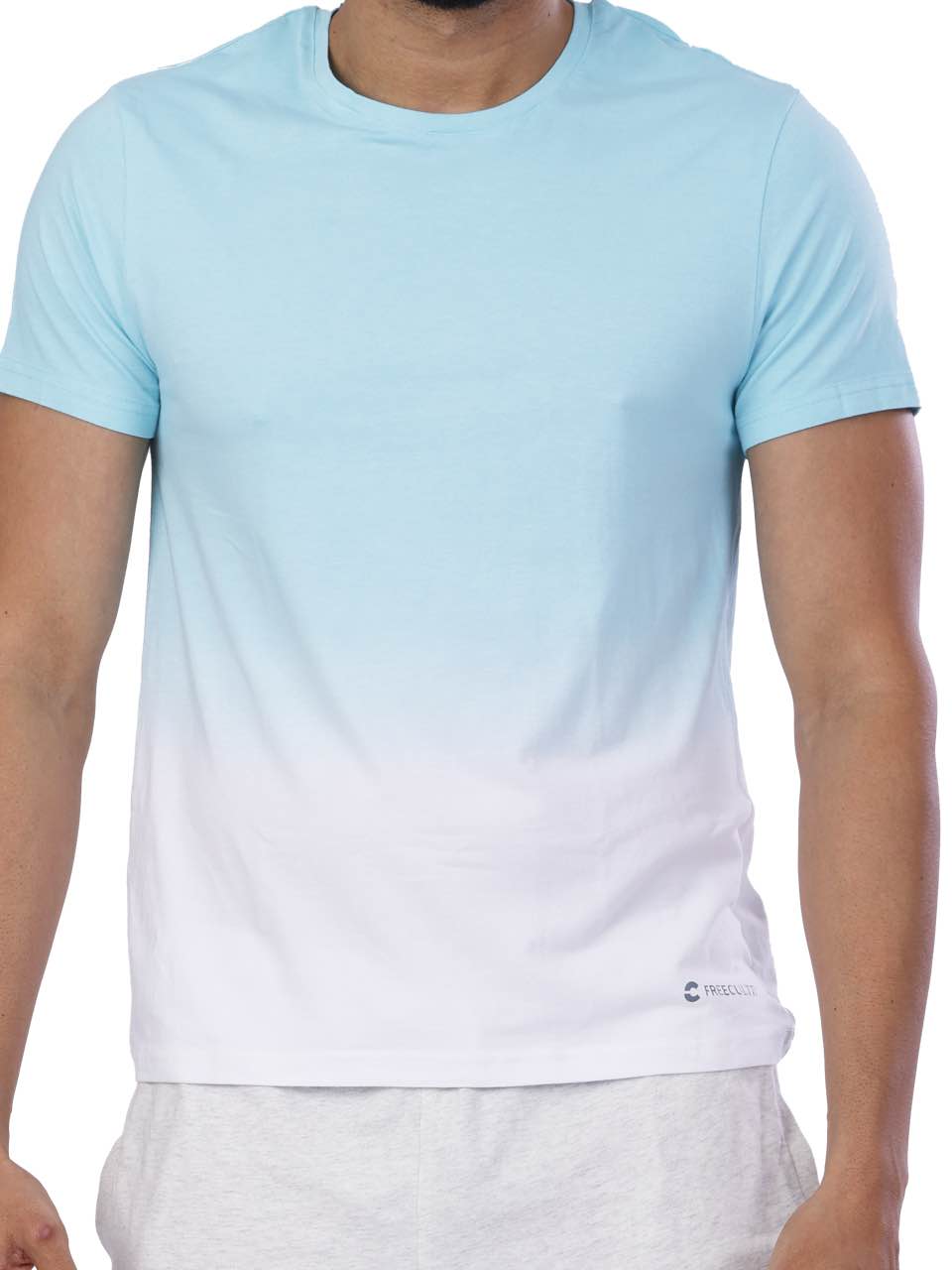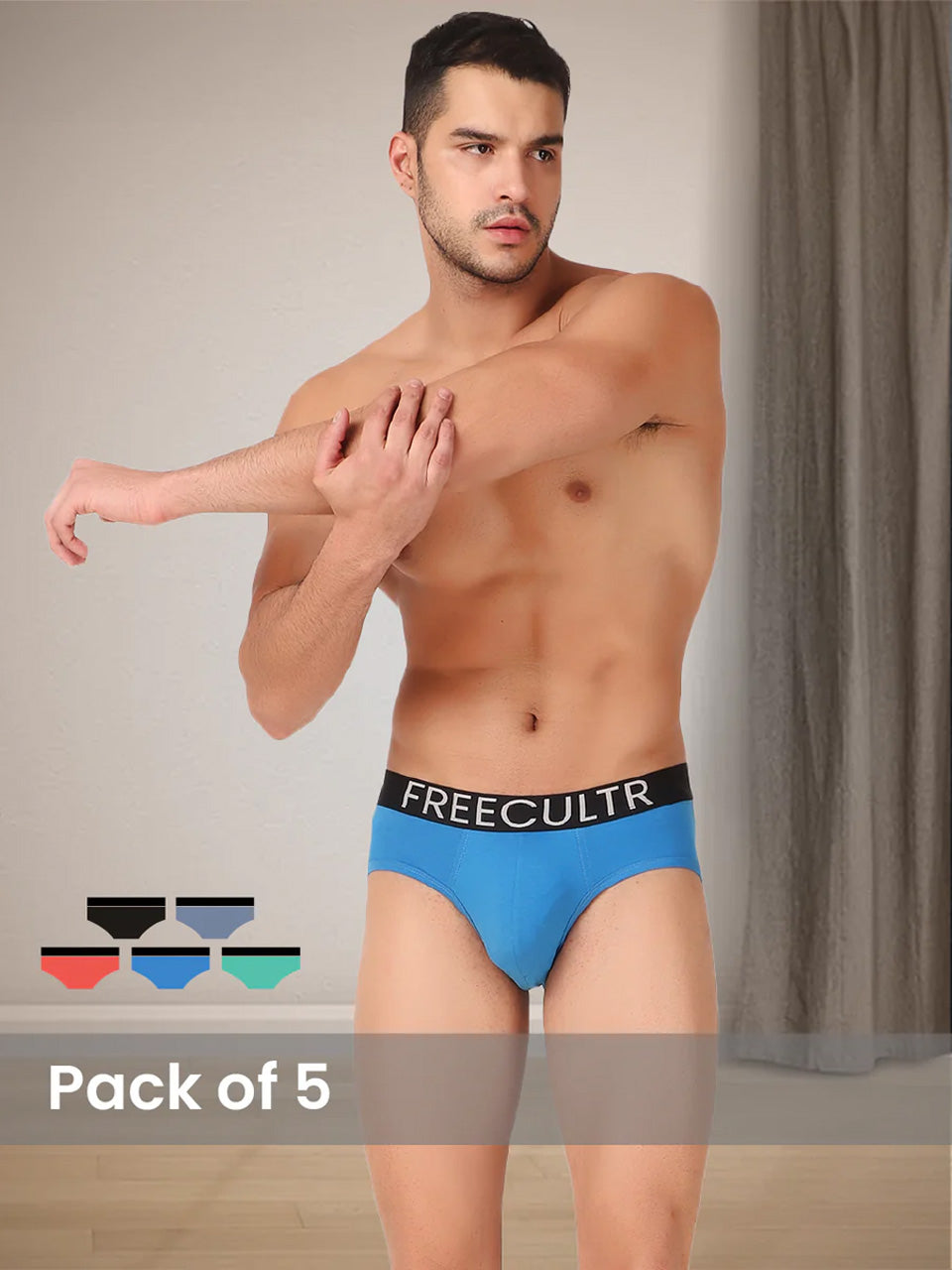Beyond the fleeting trends of athleisure and performance fabrics, lies a foundational element of men's attire often overlooked: the undershirt. While seemingly simple, modern undershirts represent a sophisticated intersection of comfort engineering and material science. We'll delve into how advancements in fiber technology, such as moisture-wicking synthetics and breathable natural blends like merino wool, are revolutionizing this garment. Exploring the nuances of knit structures and their impact on absorbency and ventilation reveals how undershirts actively manage body temperature and minimize discomfort. Understanding these features enables informed choices, ensuring an optimal base layer for any activity or climate, ultimately contributing to enhanced comfort and confidence.

The Unsung Hero: Why Wear an Undershirt?
The undershirt: often overlooked, yet a cornerstone of many men's wardrobes. It's more than just an extra layer; it's a strategic piece of clothing designed to enhance comfort, hygiene. Even the lifespan of your outer garments. Think of it as your personal climate control and barrier against the world. Beyond the basics, understanding the nuances of undershirts allows you to choose the right one for the occasion, ensuring optimal comfort and performance.
Comfort First: The Benefits of an Added Layer
The primary reason most men wear undershirts is for comfort. This seemingly simple layer offers a surprising number of benefits:
- Moisture Absorption: Undershirts, especially those made from absorbent materials like cotton or bamboo, wick away sweat, preventing it from soaking into your dress shirts or t-shirts. This is crucial for maintaining a professional appearance and preventing embarrassing sweat stains.
- Temperature Regulation: In colder months, an undershirt provides an extra layer of insulation, helping you stay warm. In warmer months, it can actually help you stay cooler by wicking away sweat and allowing it to evaporate, creating a cooling effect.
- Chafe Protection: Undershirts act as a barrier between your skin and rougher fabrics, preventing chafing and irritation, especially around the nipples and underarms.
- Improved Fit: A well-fitting undershirt can smooth out your silhouette and prevent your shirt from clinging to your body, resulting in a cleaner, more polished look.
- Odor Control: By absorbing sweat, undershirts help to minimize body odor, keeping you feeling fresh and confident throughout the day.
Material Matters: Choosing the Right Fabric
The material of your undershirt plays a significant role in its comfort and performance. Here's a breakdown of common fabrics:
- Cotton: The most popular choice, cotton is breathable, absorbent. Affordable. But, it can shrink and lose its shape over time. Look for high-quality cotton, such as Pima or Supima, for better durability and softness.
- Polyester: Polyester undershirts are durable, wrinkle-resistant. Quick-drying. They are a good option for athletic activities or hot weather. They may not be as breathable as cotton.
- Blends (Cotton/Polyester, Cotton/Modal): Blends offer a balance of comfort, durability. Affordability. They often combine the breathability of cotton with the wrinkle-resistance of polyester or the softness of modal.
- Modal: Made from beech tree pulp, modal is incredibly soft, lightweight. Absorbent. It's also resistant to shrinking and fading. Modal undershirts are a great option for those with sensitive skin.
- Bamboo: Bamboo fabric is naturally antibacterial, moisture-wicking. Breathable. It's also a sustainable option, as bamboo grows quickly and requires less water than cotton.
- Merino Wool: While often associated with winter clothing, merino wool is surprisingly breathable and moisture-wicking, making it a good option for year-round wear. It's also naturally odor-resistant.
The best material for you will depend on your personal preferences, activity level. Climate.
Style Guide: Necklines, Sleeves. Fit
Undershirts come in a variety of styles, each with its own advantages:
-
Necklines:
- Crew Neck: The most common type, crew neck undershirts provide good coverage and are suitable for wearing under t-shirts and casual shirts. But, they may be visible under dress shirts with open collars.
- V-Neck: V-neck undershirts are ideal for wearing under dress shirts with open collars, as they are less likely to be visible. They are also a good option for those who prefer a more modern look.
- Deep V-Neck: An even lower V-neck, designed to be completely invisible under even the most open collars.
- Tank Top (A-Shirt): Tank tops offer minimal coverage and are best suited for casual wear or athletic activities. They are not typically worn under dress shirts.
-
Sleeves:
- Sleeveless: As mentioned above, best for casual wear or athletic activity.
- Short Sleeve: The most versatile option, short sleeve undershirts provide coverage and prevent sweat stains from reaching your outer garments.
- Long Sleeve: Long sleeve undershirts are ideal for colder weather, providing extra warmth and coverage.
-
Fit:
- Slim Fit: Slim-fit undershirts are designed to hug the body, preventing them from bunching up or adding bulk under your clothes. They are a good option for those who wear fitted shirts.
- Classic Fit: Classic-fit undershirts offer a more relaxed fit, providing greater comfort and freedom of movement. They are a good option for those who prefer a looser fit or who wear more relaxed clothing.
Consider your personal style and the types of shirts you wear most often when choosing the right style of undershirt.
Color Coordination: Matching Your Undershirt to Your Outerwear
While it might seem trivial, the color of your undershirt can impact your overall appearance. Here are some general guidelines:
- White: A classic choice, white undershirts are versatile and can be worn under most light-colored shirts. But, they can sometimes be visible under thin or sheer fabrics.
- Gray: Gray undershirts are less likely to be visible under light-colored shirts than white undershirts. They are a good option for those who want a more discreet look.
- Black: Black undershirts are best worn under dark-colored shirts. They can also be worn under casual shirts as a style statement.
- Nude/Skin Tone: These undershirts are designed to be invisible under any color shirt. They are a great option for those who want the ultimate in discretion.
The goal is to choose an undershirt that blends seamlessly with your outer garment, avoiding any unwanted visibility.
Real-World Applications: From the Office to the Gym
The benefits of wearing an undershirt extend beyond the realm of formal Menswear. Here are some real-world applications:
- The Office: In a professional setting, an undershirt can help you maintain a polished appearance by preventing sweat stains and keeping you comfortable throughout the day. Choose a V-neck or deep V-neck undershirt in a neutral color to ensure it remains invisible under your dress shirt.
- The Gym: For athletic activities, choose an undershirt made from moisture-wicking fabric like polyester or bamboo. This will help you stay cool and dry, even during intense workouts.
- Travel: When traveling, an undershirt can help you stay comfortable and fresh on long flights or train rides. Choose a lightweight and breathable fabric like modal or merino wool.
- Everyday Wear: Even for casual wear, an undershirt can provide an extra layer of comfort and protection. Choose a crew neck or tank top undershirt in a color that complements your outfit.
The Modern Man's Underwear Drawer: Building Your Undershirt Collection
Building a well-rounded undershirt collection requires a bit of planning. Consider these factors:
- Quantity: Aim for at least 7-10 undershirts to ensure you always have a clean one available.
- Variety: Invest in a mix of different styles, materials. Colors to suit various occasions and outfits.
- Quality: Choose high-quality undershirts that will last longer and provide better comfort.
- Budget: Set a budget for your undershirt collection and stick to it. There are many affordable options available. Don't sacrifice quality for price.
By building a thoughtful and diverse collection, you'll be prepared for any situation, ensuring you always feel comfortable and confident in your clothing.
Conclusion
Ultimately, choosing the right undershirt comes down to understanding your needs and preferences. We've explored how this simple garment offers both comfort and practical benefits, from moisture management to acting as a crucial base layer. Remember, the key is to consider factors like fabric, fit. The specific activities you'll be engaging in. Don’t be afraid to experiment with different styles and materials to discover what works best for you. I personally find that a lightweight, breathable undershirt made of natural fibers is a game-changer during hot summer days. Investing in a few quality undershirts can significantly enhance your daily comfort and confidence. Go ahead, upgrade your wardrobe and experience the difference!
More Articles
Men's Low Rise Brief for Men – Modern Style & Comfortable Support
8 Creative Ways to Use Men's Cotton Trunks
Indian Cotton Bandana for Men Online – Stylish Accessory & Sun Protection
FAQs
Okay, so what's the big deal with undershirts anyway? Is it really just about comfort?
Good question! While comfort is a HUGE part of it – think of it as a soft, secret hug all day – undershirts also act as a crucial absorbent layer. They wick away sweat, preventing those embarrassing pit stains and keeping your outer shirts fresher for longer. Plus, they can smooth things out a bit under thinner dress shirts.
I've heard different things about fabric. What kind of undershirt material is actually best?
That depends on your needs! Cotton is classic, breathable. Affordable. But if you sweat a lot or live in a hot climate, look for moisture-wicking fabrics like merino wool or synthetic blends (polyester, nylon, etc.). They'll keep you much drier and cooler.
Neckline: V-neck or crew neck? What's the difference. Does it even matter?
It totally matters, style-wise! Crew necks are generally fine under most casual shirts. But, if you're wearing a button-down with a few buttons undone, a V-neck is usually the way to go to keep the undershirt hidden. Nobody wants to see that extra layer peeking out!
Fit – should my undershirt be tight, loose, or somewhere in between?
Snug but not suffocating! You want it fitted enough to stay tucked in and avoid bunching up under your outer shirt. Too loose. It'll look sloppy. Too tight. Well, nobody wants to see that either. Aim for a comfortable, close-to-the-body fit.
Black undershirts? Are those a good idea, or should I stick with white?
Black undershirts can be stylish under darker colored shirts, especially if you want to avoid any potential show-through. White is the traditional choice. Black can be a solid alternative depending on your wardrobe.
How often should I actually be changing my undershirt? Daily, right?
Yep, daily is the best practice. Just like socks, undershirts absorb sweat and body oils, so a fresh one each day is the way to go for hygiene and comfort.
Do undershirts really help with temperature regulation?
Absolutely! In the summer, they wick away sweat to keep you cooler. In the winter, they add an extra layer of insulation to keep you warmer. Think of them as a year-round comfort boost.






